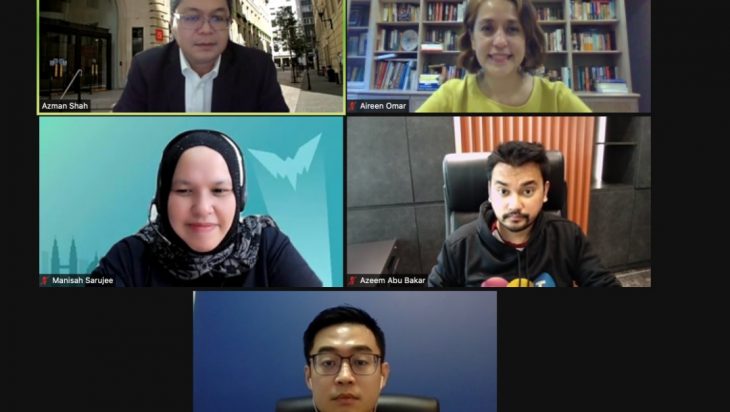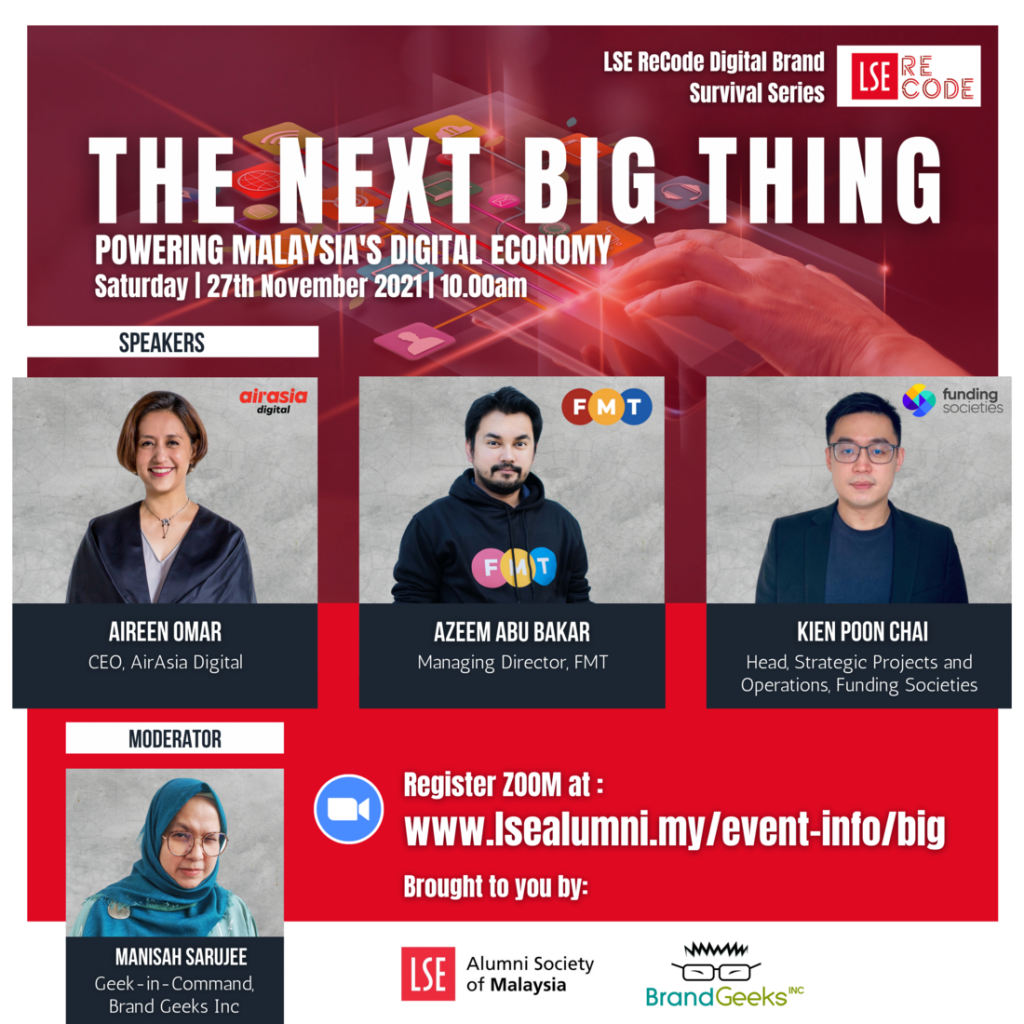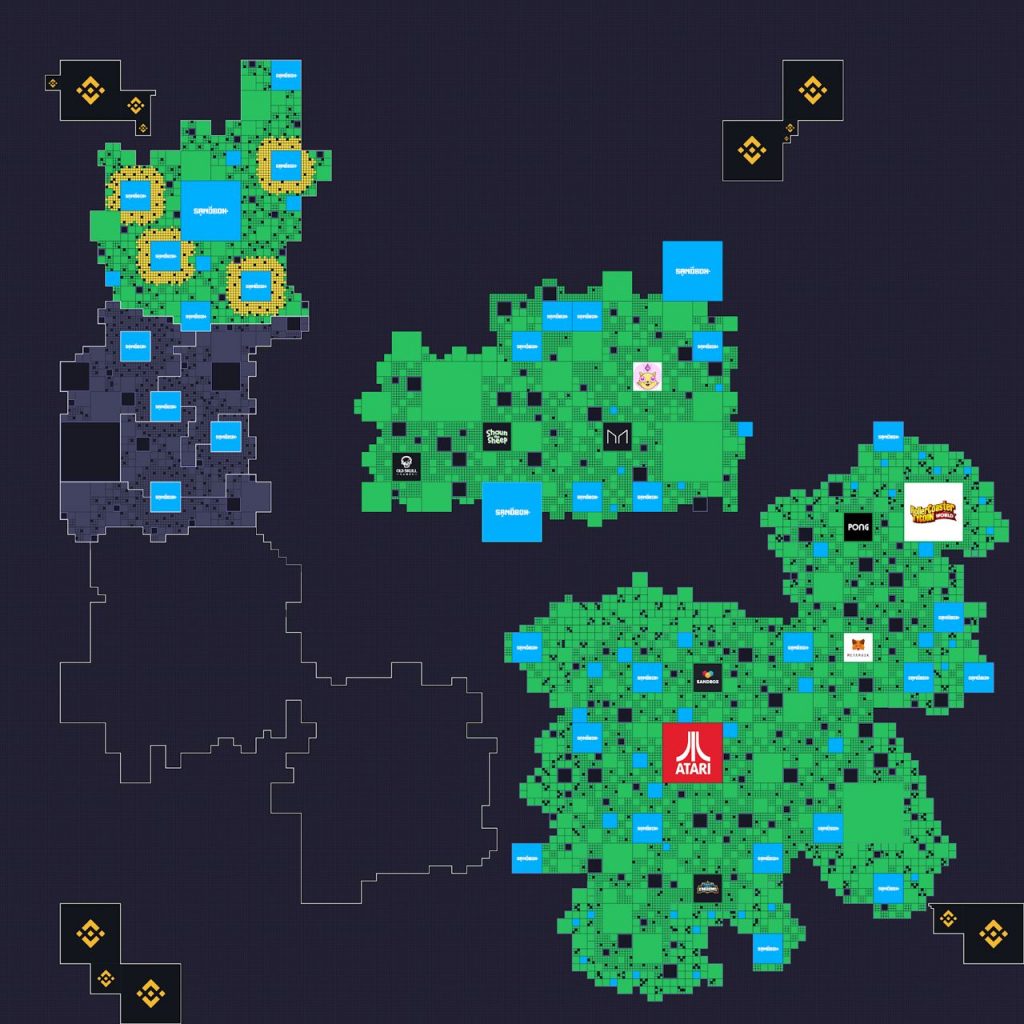Metaverse – Don’t Be Late To The Party

The Metaverse is said to become the successor to social media and everyone needs to look at how to seize opportunities there early. This was discussed rigorously at a forum organised by the London School of Economics Alumni Society Malaysia recently. The speakers Azeem Abu Bakar MD of FMT News, Aireen Omar, Group President of AirAsia Digital and Kien Poon Chai of Funding Societies weighed in on how the Metaverse could be the next big thing in tech.
Stay updated with the latest intriguing stories for high achievers by following our Telegram channel here.
What is the Metaverse?
Discussions surrounding the Metaverse have been circulating around the Internet after the exceptional Mark Zuckerberg refurbished Facebook as “Meta” as of late October this year.
However, the Metaverse isn’t a new concept. In fact, the term was coined by the author, Neal Stephenson in his sci-fi novel, Snow Crash published in 1992. In the cyberpunk novel, virtual reality (VR) elements are prominent, encompassing 3D realistic buildings and lifelike avatars.
So why is the Metaverse relevant now after what seems like a decade after Stephenson’s foresight?
Are we reaching that state of advanced technology? What else could modern-day technology contribute to Stephenson’s vision of the Metaverse?
Let’s take a look at what Zuckerberg has to say about creating a hybrid, virtual, futuristic social space.
The Metaverse allows us to virtualise our realities with the use of technology, allowing users to practically “live” online.
But what Zuckerberg envisioned was just the tip of the iceberg. He is reportedly planning to invest USD180 bilion in the next 10 years to build the Metaverse.
Besides virtualising online experiences, day-today aspects such as businesses, stock trading, and investments can be transported to the virtual realm as well.
An example of the latter activities can be seen from the usage of non-fungible tokens (NFTs) which are unique, irreplaceable digital assets. By using NFTs, businesses can be done virtually by having their own currencies, content, and identification.
With the Metaverse, people like artists, collectors, and speculators are able to conduct physical businesses in the virtual realm. For some, this option is actually more strategic as it is a good investment for both artist and collector and/or buyer. Easily put, NFT art has monetary value and verification of the original piece and it’s easier as you don’t need to hold the physical item itself since it’s substituted to a digital file.
Don’t be surprised to learn that some collectors would even pay extraordinary amounts to purchase virtualized art pieces that we never imagined could be so expensive!


The sale of expensive digital assets like art only mean one thing: the demand is there. The target market is there. And they are willing to invest in these NFTs. This could even open room for digital assets to increase in value.
Perhaps the Metaverse is the way to go. What about Malaysia? Will we join them?
Our nation does quite well in the digital market. In fact, the Securities Commision Malaysia (SC) reports that the country traded an astonishing amount of over RM16 billion in digital assets and cryptocurrencies as of September this year. This is an amazing feat as it is achieved during a time of economic uncertainty.
Additionally, LSE Alumni Society of Malaysia organized a webinar entitled “The Next Big Thing: Powering Malaysia’s Digital Economy” on the 27th of November 2021. The discussion features industry specialists who examine how Malaysia is moving forward into the digital frontier, evolving the nation’s economy.

When asked if Malaysia is ready to adapt to New Technology (Metaverse, decentralized financing, NFTs, Web 3.0), Kien Poon Chai says, “Not in the near future, no. While we are quite the blueprint in the digital market, we still lack the proper regulatory framework for it”. He states that the government must come up with said frameworks for more effective results.
Aireen agrees with the former’s statement. She adds that the Malaysian government must also work to diminish the gap between the different social classes in Malaysia, especially helping the B40 community. They must make digitalization of the economy inclusive and accessible to everyone.
The question that follows is the readiness for each speaker to work towards metaversing their area of specialty such as exemplified by Zuckerberg. “Will we ever get there?”
Aireen, who now leads AirAsia Digital says that Malaysia will, indeed reach there. She shares how bits of new technology has already been put to use in training aircraft engineers and pilots, such as the use of holograms and maintenance flight training device (MFTD). She adds that metaversing the aviation industry will also open other opportunities as long as it scales up the company and has a purpose while keeping a good unit cost.
Azeem from the media industry comments on the power of the Metaverse as the “Next Big Thing”.
He defines it simply as a world where people are spending real money, buying plots of digital land and paintings for very large sums.
Azeem pointed out that recently, a plot of virtual land was sold for USD2.3 million. According to Axie Infinity, the play-to-earn platform said that it was the highest-ever price tag for one of its Genesis Land plots. It goes to show that despite the recentness of the Metaverse, investors are ready to secure space in case the virtual realm becomes the new ordinary.


For Malaysians to move to the Metaverse, we firstly need to overcome several hardware challenges:
1) Internet speed. We need 5G and increase accesibility to fibre optic internet.
2) Virtual reality headset needs to become mainstream in the way personal computers did back in the 1980s.
“It is said that the Metaverse is the successor to social media, one even went as far to say that it is the successor to the Internet.” – Azeem Abu Bakar, MD of FMT News –
“However, it would be unwise if we (the media) were to ignore the economic ecosystem that is being grown in that spectrum”, says Azeem. “We as a media company have begun looking to see how the Metaverse could be leveraged on, and how content can be created in that world so new opportunities can be presented to Malaysians in moving forward”.
Kien Poon Chai agrees with Azeem’s opinion on the Metaverse being the “Next Big Thing” where everyone will congregate. Although Poon Chai’s sector (funding) doesn’t necessarily show the need to adapt to the Metaverse, he says that all new technology is important and we must be present in the developments and advancements.

Stay updated with the latest intriguing stories for high achievers by following our Telegram channel here.



